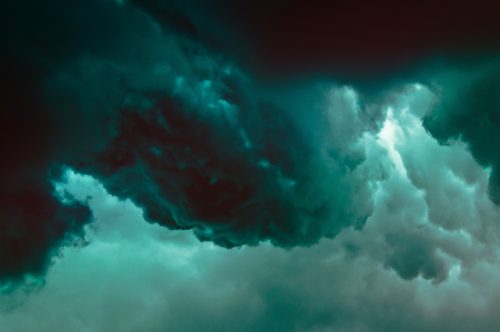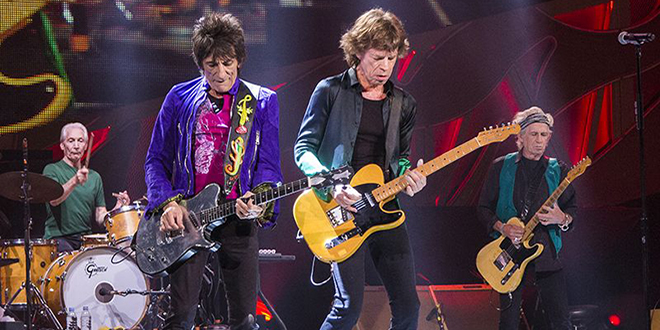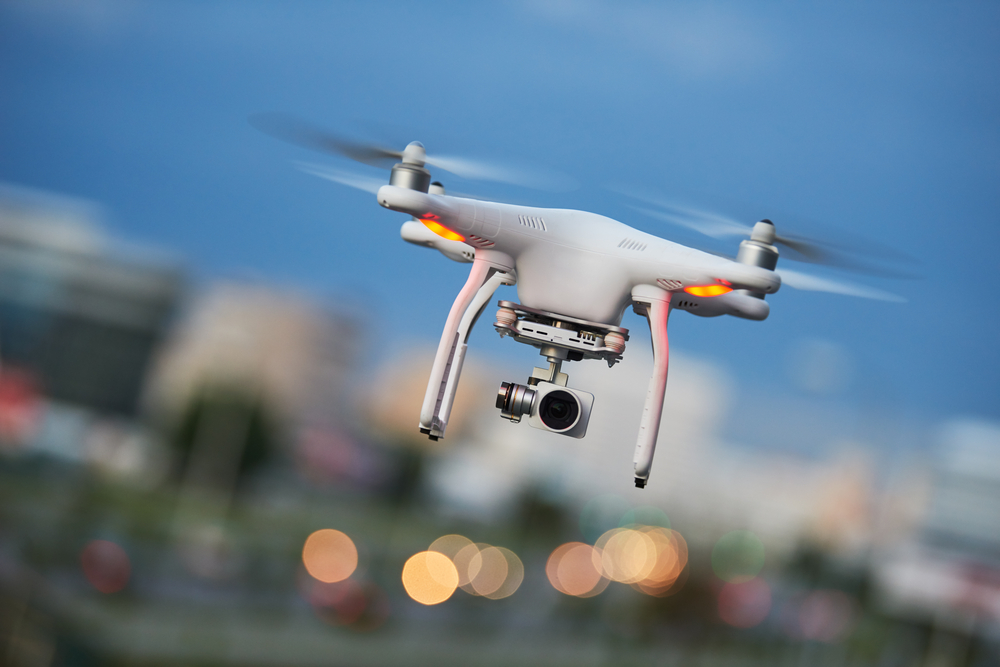
We all know how to prepare for Dorian, but what some people forget about is AFTER the storm. There will be debris on the roads, lights out, flooding, etc.
Here are a few tips to help keep you and those around you safe.
Don’t start a wet engine. If the car is parked in a flooded situation, or stalls in deep water, turning it on can do serious damage.
Avoid driving through standing water. After a hurricane, it can conceal deep pot holes and tire-puncturing debris.
Don’t assume road debris is just sticks and leaves. Many roads are covered with all manner of plant debris from the winds, but within that mess can be nails and other objects unfriendly to tires. Keep in mind, traveling just after a storm has a higher likelihood of experiencing a flat tire. Bring an emergency kit with you and a fully charged cell phone, just in case.
Wet brakes can take longer to slow a vehicle. After driving through large puddles, lightly apply the brake pedal to dry the brakes off.
Treat all stop lights that are out like a 4-way stop sign. Don’t just assume the roads are clear. Take it slow and look around. Everyone is frustrated. Just drive safe!
Keep speeds low and courtesy high. This has been a stressful time for everyone in the hurricane zone, so travel slowly—you never know what obstacles you may face—and be extra patient. Intersections may be without lights and drivers will be distracted, making errand-running a bit more dangerous than usual. Be kind to others, be predictable, and follow the laws.
Don’t drive under fallen trees. Many trees have fallen during the storm, resting across power lines. While it may be tempting to driving under a tree that is arching over the road, don’t do it. It may look safe, but it is mere chance that is holding the tree in its position. Power lines may or may not have electricity coursing through them. Even if you avoid driving on the lines, a wind gust could blow an unseen wire into contact with your car.
Call your insurance company. If your car was damaged by the storm take photos of the vehicle and show the area around the car. Having visual evidence of how the damaged occurred may help with processing your claim.
Watch out for pedestrians. Many people are walking their neighborhood streets to assess damage, check in on friends, and get a little exercise. People are more likely to be literally in the streets, as sidewalks may be blocked, and the reduced traffic may encourage them to be less cautious.
As you head out, go slow and watch out for others.



